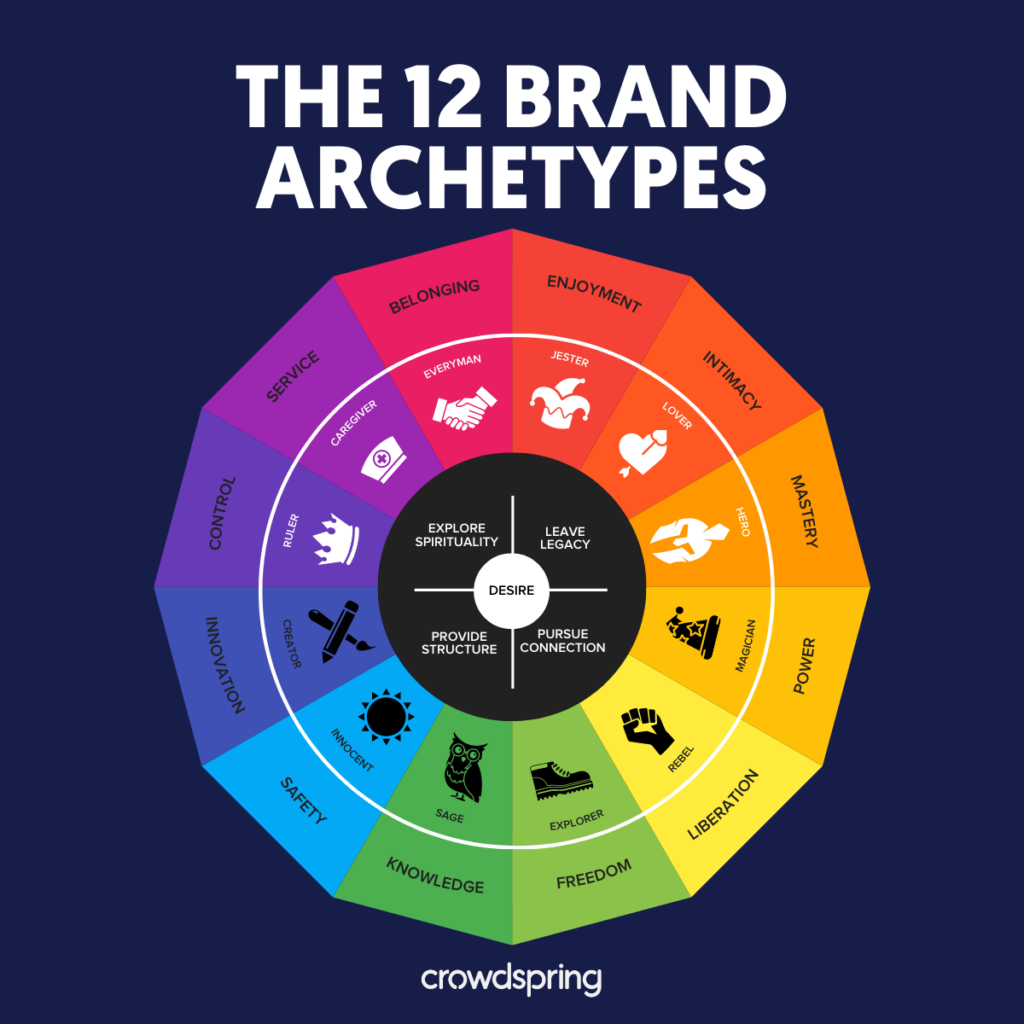Character archetypes are fundamental to storytelling, shaping the way we engage with narratives across various media. Whether in literature, film, or video games, these archetypes provide familiar structures that help audiences connect with stories on a deeper level. This guide delves into the world of character archetypes, exploring their significance, types, and how they influence modern storytelling.
What Are Character Archetypes?
Character archetypes are universally recognized types of characters that embody certain traits and roles in stories. These archetypes are not just limited to a single genre or medium; they appear across all types of storytelling, providing a template for understanding character roles and their functions within a narrative.
The Importance of Character Archetypes
Character archetypes serve several essential purposes in storytelling:
- Relatability: They help audiences quickly understand a character’s role and motivations.
- Predictability: Archetypes create a sense of familiarity, making it easier to follow a story.
- Symbolism: They often represent broader themes and ideas, enriching the narrative.
Common Character Archetypes
Understanding the different types of character archetypes can enhance your appreciation of storytelling. Here’s a closer look at some of the most common archetypes:
The Hero
- Role: The protagonist who embarks on a journey or quest.
- Traits: Brave, determined, and often face significant challenges.
- Examples: Harry Potter from Harry Potter and Luke Skywalker from Star Wars.
The Mentor
- Role: Provide guidance and support to the hero.
- Traits: Wise, experienced, and often has a deep understanding of the world.
- Examples: Gandalf from The Lord of the Rings and Mr. Miyagi from The Karate Kid.
The Shadow
- Role: Represents the hero’s darker side or inner conflict.
- Traits: Villainous, antagonistic, or morally ambiguous.
- Examples: Darth Vader from Star Wars and Voldemort from Harry Potter.
The Ally
- Role: Supports the hero and aids in their quest.
- Traits: Loyal, resourceful, and often provide comic relief or practical help.
- Examples: Samwise Gamgee from The Lord of the Rings and Ron Weasley from Harry Potter.
The Herald
- Role: Announces the beginning of the hero’s journey.
- Traits: Often brings news or a challenge that sets the hero on their path.
- Examples: Hagrid from Harry Potter, the mysterious figure in The Wizard of Oz.
The Trickster
- Role: Challenges the status quo and creates chaos.
- Traits: Mischievous, unpredictable, and often provides insight through their antics.
- Examples: Loki from Thor and the Joker from Batman.
The Threshold Guardian
- Role: Test the hero’s resolve and ability.
- Traits: Obstacles or challenges that must be overcome to proceed.
- Examples: The Sphinx from Oedipus Rex, the various trials in Indiana Jones.
The Shape-shifter
- Role: Represents change and uncertainty.
- Traits: Ambiguous, unpredictable, and often has hidden motives.
- Examples: Gollum from The Lord of the Rings and Severus Snape from Harry Potter.
The Maiden
- Role: Represents innocence or purity.
- Traits: Often in need of rescue or protection, and catalyzes action.
- Examples: Snow White from Snow White and the Seven Dwarfs and Rapunzel from Tangled.
How Character Archetypes Influence Storytelling
Character archetypes play a pivotal role in how stories are structured and perceived. Here’s how they influence storytelling:
Creating Engaging Narratives
Archetypes help in crafting engaging narratives by providing a recognizable framework. For instance, the hero’s journey archetype often follows a pattern of departure, initiation, and return, creating a compelling narrative arc.
Enhancing Emotional Connection
By using familiar archetypes, storytellers can evoke specific emotional responses. The hero’s struggles and triumphs resonate with audiences because they follow a predictable pattern of growth and challenge.
Supporting Thematic Exploration
Archetypes also support the exploration of themes and messages within a story. The shadow archetype, for instance, allows for the examination of internal conflicts and moral dilemmas.
Examples of Character Archetypes in Popular Media
To better understand how character archetypes function, let’s examine some notable examples from popular media:
Literature
- The Hero: Katniss Everdeen in The Hunger Games exemplifies bravery and resilience.
- The Mentor: Dumbledore from Harry Potter guides and supports the hero.
Film
- The Shadow: Darth Vader in Star Wars represents the hero’s greatest challenge.
- The Trickster: Jack Sparrow from Pirates of the Caribbean adds humour and unpredictability.
Video Games
- The Ally: Navi in The Legend of Zelda: Ocarina of Time aids the hero with guidance.
- The Shape Shifter: The Illusive Man in Mass Effect presents shifting allegiances and motives.
Table of Character Archetypes
Here’s a handy table summarizing the key characteristics and examples of various character archetypes:
ArchetypeRoleTraitsExamples
The Hero Protagonist on a journey Brave, determined Harry Potter, Luke Skywalker.
The Mentor Provides guidance Wise, experienced Gandalf, Mr. Miyagi
The Shadow Represents inner conflict Villainous, antagonistic Darth Vader, Voldemort
The Ally Supports the hero Loyal, resourceful Samwise Gamgee, Ron Weasley
The Herald Announces the hero’s journey Brings news or challenges Hagrid, the mysterious figure
The Trickster Creates chaos Mischievous, unpredictable Loki, the Joker
The Threshold Guardian Tests the hero’s resolve Obstacles, challenges The Sphinx, various trials
The Shape-shifter Represents change and uncertainty Ambiguous, unpredictable Gollum, Severus Snape
The Maiden Represents innocence, In need of rescue, and a catalyst for action Snow White, Rapunzel
The Future of Character Archetypes
As storytelling evolves, so too do character archetypes. Modern narratives often blend or subvert traditional archetypes to create more complex and nuanced characters. For instance, anti-heroes challenge the conventional hero archetype by embodying both heroic and villainous traits.
Innovation and Adaptation
- Complex Characters: Modern stories frequently feature characters who don’t fit neatly into traditional archetypes, reflecting more diverse and realistic portrayals.
- Cultural Influence: Different cultures bring unique archetypes and variations, enriching global storytelling.
Embracing Diversity
The shift towards more diverse and inclusive representation is transforming how character archetypes are used and understood. This evolution encourages storytellers to explore new dimensions and perspectives within familiar frameworks.
Conclusion
Character archetypes are essential elements of storytelling that help shape narratives, create connections, and explore complex themes. By understanding these archetypes, we gain insights into the art of storytelling and its impact on audiences. As storytelling continues to evolve, character archetypes will adapt, offering new and exciting ways to engage with and understand the narratives that shape our world.
Whether you’re a writer, reader, or just a fan of stories, appreciating character archetypes enriches your experience and deepens your understanding of the art of storytelling




